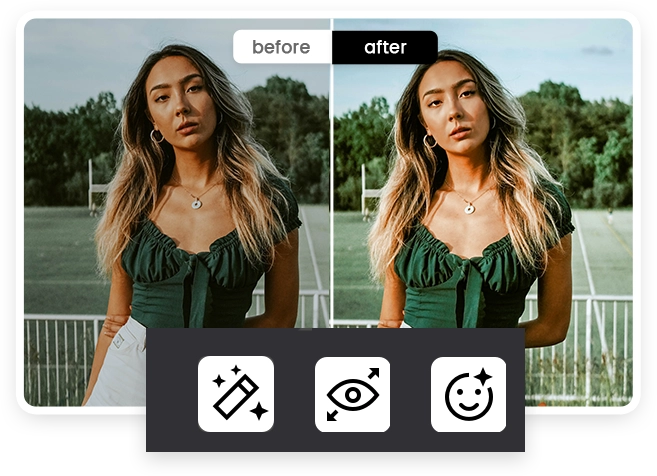In today’s fast-paced digital world, launching a mobile banking app from scratch can take months — or even years. But businesses no longer have to reinvent the wheel. White label mobile banking apps offer a ready-made, customizable foundation that allows fintech startups, financial institutions, and even non-bank brands to launch quickly, scale efficiently, and deliver a secure, user-friendly banking experience.
1. What Is a White Label Mobile Banking App?
A white label mobile banking app is a pre-built banking solution developed by a fintech provider that other companies can brand and customize as their own.
Instead of developing an app from the ground up, businesses can:
- Add their logo, colors, and design
- Choose specific banking features
- Integrate APIs and compliance tools
- Launch to the market in weeks instead of months
This approach saves time, reduces costs, and ensures the platform is already tested, secure, and regulatory-compliant.
2. Why Businesses Are Switching to White Label Banking
Traditional banking app development involves:
- Hiring developers
- Managing compliance
- Testing security
- Handling integration with third-party systems
White label solutions simplify all that. They come ready-to-use, allowing companies to focus on customer experience and marketing rather than backend complexities.
Key benefits include:
- Faster time-to-market
- Lower operational costs
- Access to advanced fintech technology
- Scalability and easy updates
3. Faster Launch Means Faster Revenue
Time is money in fintech. With a white label app, you can go live 3x faster than custom-built solutions.
| Development Type | Time to Launch | Average Cost | Maintenance Effort |
| Custom Build | 12–18 months | $250K–$1M | High |
| White Label App | 1–3 months | $50K–$150K | Low–Medium |
The faster you launch, the quicker you can acquire users, start transactions, and generate revenue — without waiting for years of development.
4. Smart Customization for Unique Brand Identity
White label doesn’t mean generic. These apps are highly customizable. Businesses can modify:
- UI/UX design
- Account setup process
- Card management features
- Notifications and support system
This ensures your app feels fully branded and original, even though it’s built on a pre-existing framework.
5. Built-In Security and Compliance
One of the biggest challenges in banking tech is security compliance. White label banking platforms are pre-equipped with industry-standard protections:
- PCI DSS compliance
- KYC & AML verification
- End-to-end encryption
- Secure cloud hosting
That means your business doesn’t need to start from zero — it’s already secure and audit-ready.
6. Seamless Integration With Financial Ecosystems
White label platforms are designed for easy integration. Businesses can connect:
- Payment gateways
- Credit scoring tools
- Digital wallets
- Analytics dashboards
This interconnected approach ensures you can offer a smooth customer journey — from onboarding to transactions — without heavy development work.
7. Scalable Infrastructure for Growth
When your user base grows, your app should scale with it. White label banking platforms are cloud-native, meaning they can handle:
- Thousands of concurrent users
- Real-time data processing
- Multi-region operations
So, whether you’re serving 100 or 100,000 users, performance remains consistent and reliable.
8. Cost-Effective Without Compromising Quality
Building an app from scratch isn’t just time-consuming — it’s expensive. White label banking solutions provide:
- A fixed cost structure
- Maintenance included
- Regular security updates
This makes them perfect for startups and mid-sized businesses looking to enter the fintech market with minimal risk.
9. Real-World Example: A Fintech Startup’s Success
Let’s take an example —
A fintech startup wanted to launch a digital wallet and payment app. Instead of building from zero, they partnered with a white label provider. Within 60 days, they launched their app with:
- Custom branding
- Peer-to-peer transfer features
- Virtual debit card integration
Within 6 months, they acquired 20,000+ users and secured partnerships with local merchants — all while spending 70% less on development.
10. The Future of White Label Mobile Banking
The fintech landscape is evolving rapidly, and white label banking is becoming the preferred route for innovation.
Businesses can now:
- Launch niche banking services (like digital wallets, teen banking, or microloans)
- Scale internationally with localized compliance
- Stay ahead of competitors through faster releases and updates
Conclusion
White label mobile banking apps are reshaping how financial services enter the market. Instead of spending years and millions on development, businesses can launch smarter, faster, and securely using ready-to-customize banking platforms.
If your goal is to enter fintech quickly and build trust with users, a white label banking app might be your smartest investment yet.3
Read More Gorod








